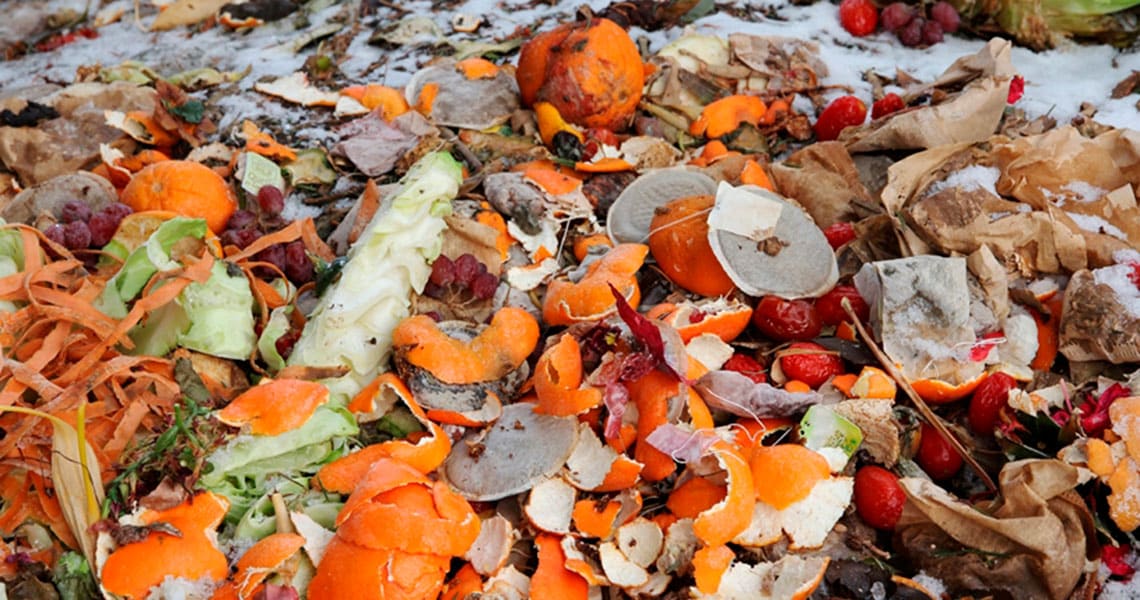Top Tips to Reduce Food Waste During Processing

According to some estimates, over a third of all the food produced globally is wasted. According to WRAP , the UK generates around 9.5 million tonnes of food waste a year, of which 16% comes from manufacturing.
With large numbers of people going hungry across the globe, and increasing pressure on land, there is a moral imperative to maximize the amount of produced food which is actually consumed. Food production is also a significant source of global GHGs, and waste food generates further emissions without any nutritional benefit. Reducing food waste is a key factor to mitigate climate change and waste food also has significant financial costs for businesses.
There are a number of approaches which businesses can use to assess and reduce food waste, and in most cases a mixture of valorization, utilisation and process improvement will be required. Some key areas to consider include:
1. Improve packaging
Good quality packaging improves the shelf life of food and therefore reduces waste in the distribution chain and in households. Choosing the right packaging during the manufacturing process can improve shelf life and reduce handling, improving efficiencies and reducing waste.
2. Improve forecasting
Inaccurate forecasting can mean you waste raw materials and ingredients. Better and more accurate forecasting models allow you to guess less and maximize the use of ingredients.
3. Measure and plan
Without measuring waste, you can’t tell if you are reducing it, or adequately calculate what it is costing you. Feeding this data into company-wide systems so that it can be analyzed centrally helps to identify areas of inefficiency and waste, allowing manufacturers to streamline processes and reduce waste.
4. Review quality control systems
Quality control is vital to maintain standards and food safety, but there is a need to avoid overzealous standards which may result in ingredients which are perfectly usable being discarded. Likewise, under- or overcooking-food, or having unnecessary trimmings or off-cuts results in unnecessary waste.
5. Involve staff
As with other areas, staff awareness, education and involvement play a huge role in minimizing waste. Employees should be encouraged to take part in a full dialogue as employees often have useful insights into the manufacturing processes. Recognizing and rewarding innovative ideas can help waste prevention become an ingrained habit and a key value within the organization.
6. Improve ‘disposal’ of unavoidable waste
Even with the best will in the world, some ‘waste’ is likely to be generated. This should be dealt with in a way which maximizes its usefulness or value. According to the food waste hierarchy , in order of preference these disposal options are:
a. Redistribution to people
b. Use for animal feed
c. Anaerobic digestion
d. Composting
e. Incineration with energy recovery
f. Incineration, landfill or disposal via sewerage systems
7. Use technology to reduce waste during production
Equipment may help increase utilization, for example by recovering more usable protein from meat carcases. Another option is to optimise existing production processes, particularly when it comes to production changes or cleaning-in-place (CIP).
Careful product design can also recover product. For example, the HRS R Series of heat exchangers uses a scraper bar within the inner tube to enhance product flow, prevent fouling and minimize pressure drop. It has the unique feature is that when configured correctly, the unit can be run in reverse, effectively emptying the heat exchanger tube(s) of product without damaging it or changing its characteristics, so it can be recovered and utilised. This means that the R Series heat exchanger can quickly pay for itself in terms of reduced waste.